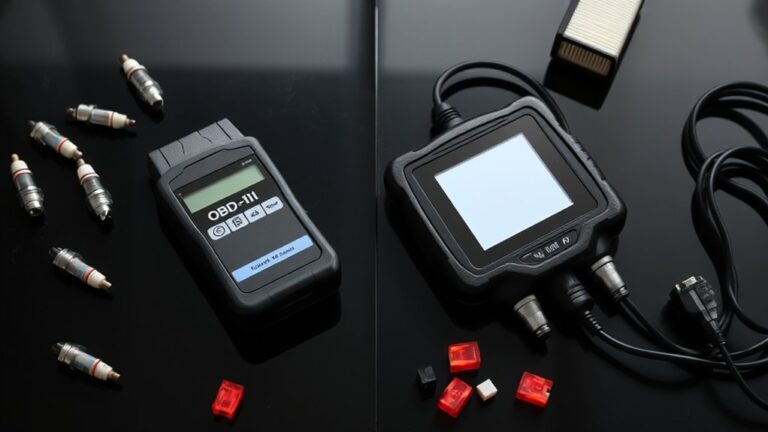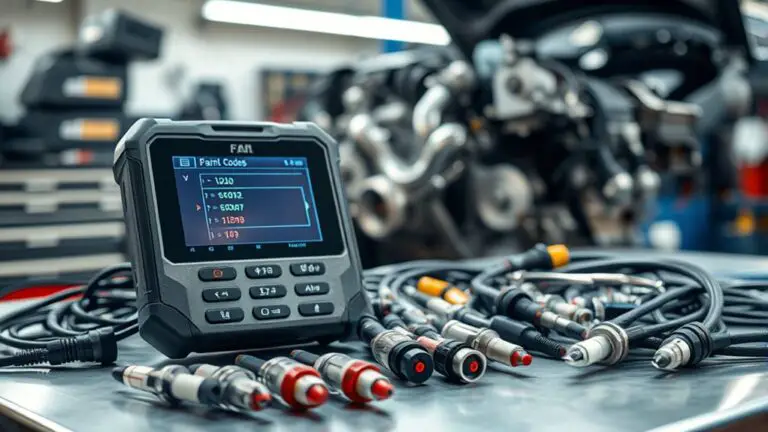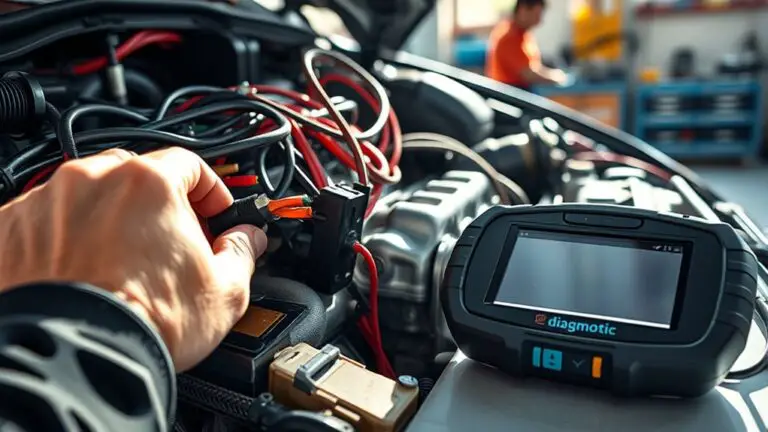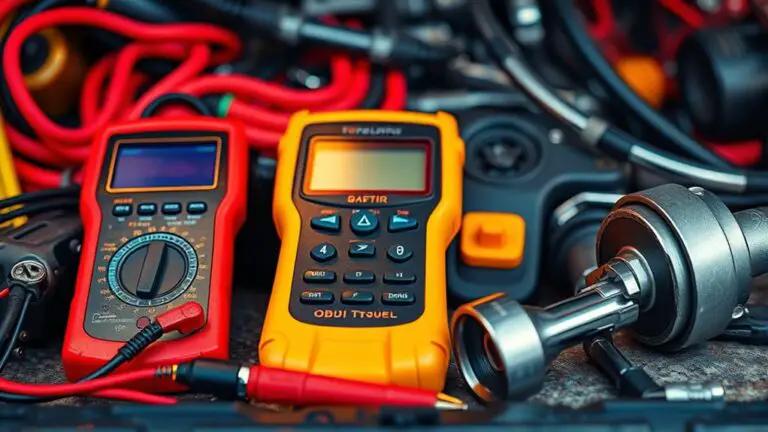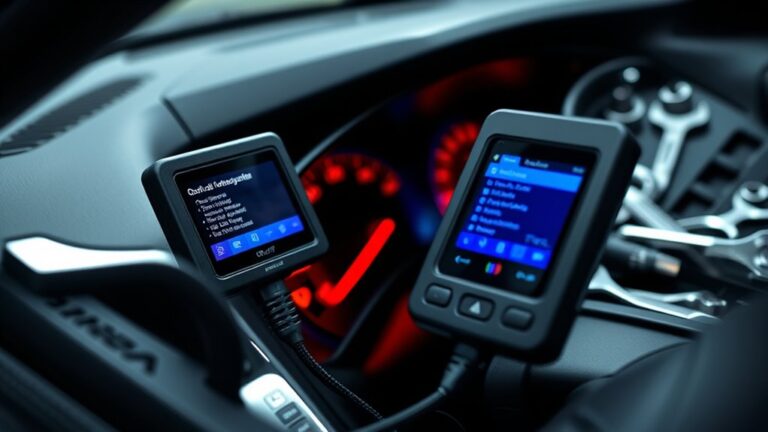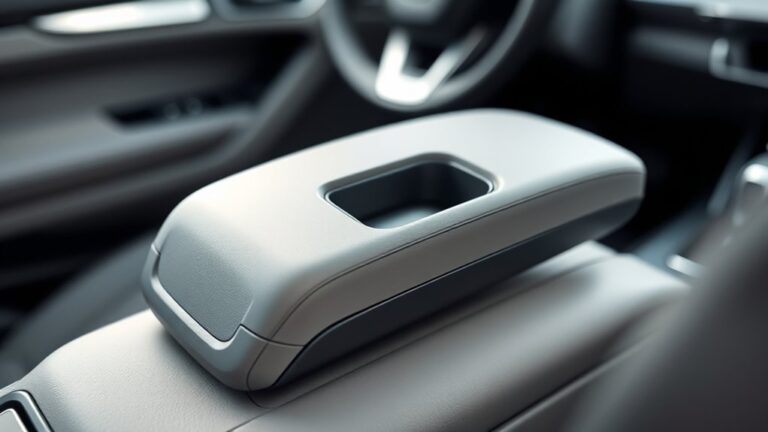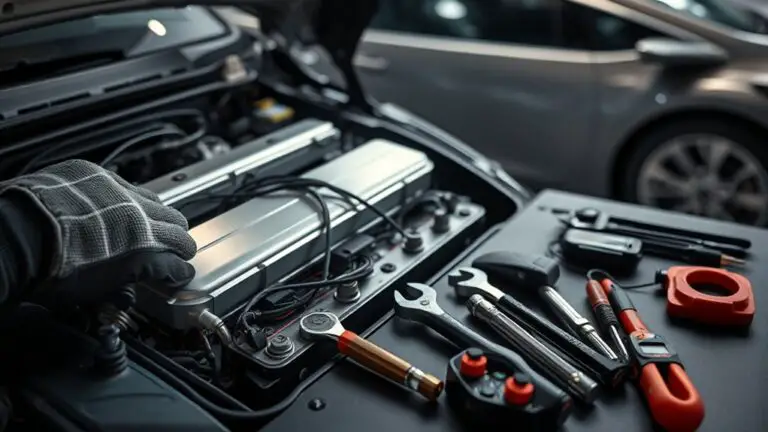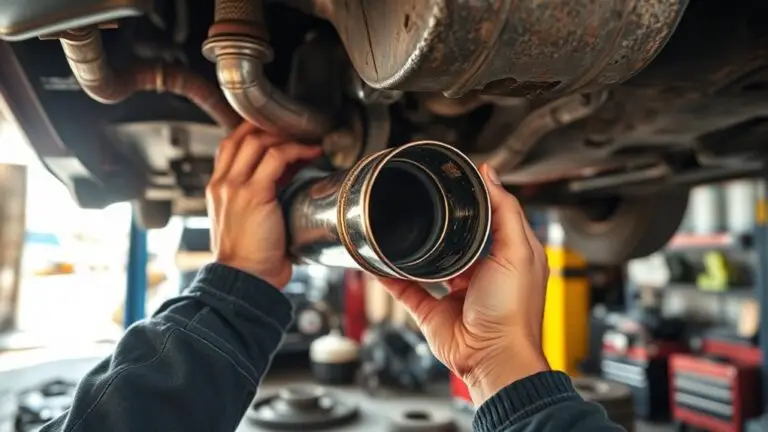Using Live Data to Pinpoint Inaccurate Sensor Readings
You can pinpoint inaccurate sensor readings in real time by combining anomaly detection, cross-validated redundancy, and temporal consistency checks. Establish baselines and monitor for deviations with robust statistics. Use redundant sensors with a common reference to confirm patterns, and apply real-time gain adjustments to correct drift. Annotate data with contextual metadata to explain anomalies. Track…


